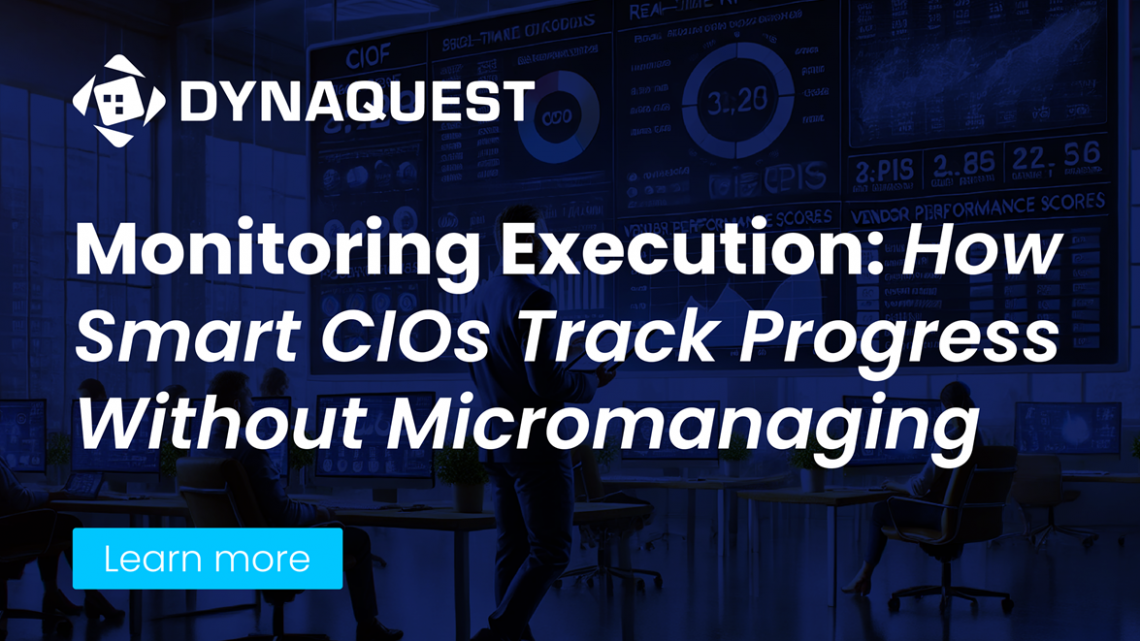
Monitoring Execution: How Smart CIOs Track Progress Without Micromanaging
Once outsourcing begins, CIOs must resist the urge to micromanage, yet remain closely aligned with the vendor’s output. The key lies in structured visibility, not daily interference.
Key tools and methods for monitoring:
Agile dashboards via Jira or Azure DevOps
Weekly sprint reviews with KPIs (velocity, bug rate, release frequency)
Burn-up/burn-down charts for progress tracking
Mid-project audits by neutral third parties
Example:
An e-commerce enterprise using a BPO partner in the Philippines adopted a dual-dashboard setup. The vendor managed a Jira board while the CIO’s office monitored a summary dashboard via Power BI, pulling in ticket resolution stats, uptime reports, and bug closure rates. This gave leadership real-time insight without slowing delivery.
Communication Cadence: Ensuring Clarity Across Borders
Cultural and time zone differences can disrupt even the most technically sound projects. That’s why establishing a clear communication rhythm is just as important as defining technical scope.
Recommended Communication Cadence:
| Frequency | Purpose | Stakeholders Involved |
| Daily stand-up | Sync on progress, blockers | Dev teams, Scrum Master |
| Weekly sprint review | Assess deliverables, update backlog | Product Owner, CIO Liaison, Vendor PM |
| Monthly strategic review | Align on business KPIs, risk mitigation | CIO, Vendor Director, Internal Leadership |
| Quarterly business alignment | Review vendor relationship, roadmap planning | CIO, CEO, Procurement, Legal, Finance |
Best Practices:
Encourage asynchronous updates (e.g., Loom videos, Slack recaps) to bridge time zones.
Document everything—meeting notes, decisions, feedback.
Use a single source of truth (e.g., Confluence) for visibility.
Philippine vendors such as TaskUs and Booth & Partners often offer client success managers trained in cross-cultural communication, making them particularly adept at managing high-context Western clients.
Dealing with Challenges: What to Do When Things Go Wrong
Even with best efforts, outsourcing projects can veer off track. Smart CIOs plan for this by embedding early warning systems and structured escalation paths.
Common Challenges and Mitigation Tactics:
| Challenge | Proactive Solution |
| Missed deadlines | Enforce buffer time in SLAs, break down tasks smaller |
| Poor code quality | Mandate code reviews and CI/CD practices |
| Scope creep | Use change control boards and revised contracts |
| Team turnover | Ask for succession plans and resource shadowing |
| Communication breakdown | Implement “voice-first” policy for conflict resolution |
Example:
A U.S. healthcare SaaS company faced data quality issues from a vendor in the Philippines. Instead of canceling the contract, the CIO requested a root cause analysis, which revealed training gaps in the QA team. They co-developed a QA academy with the vendor—an initiative that not only resolved the issue but improved future resilience.
Long-Term Impact: How Outsourcing Shapes IT Capability Over Time
Outsourcing isn’t just about completing a project—it’s about shaping the future capabilities of your IT organization.
Key benefits include:
Upskilling internal teams through reverse knowledge transfer
Vendor innovation pipelines (R&D partnerships, emerging tech)
Scalable resourcing—ability to rapidly ramp up or down
Business continuity via distributed delivery models
Some CIOs are now embedding vendor teams into internal innovation cycles, making outsourcing a core driver of enterprise agility—not just an operational sidecar.
Case Study:
A global insurance company partnered with a Philippine BPO not just for development but for cloud modernization planning. Over 2 years, the vendor trained 15 internal DevOps engineers, allowing the CIO to fully insource the next wave of transformation without rehiring.
The Future of CIO-Led Outsourcing: Trends to Watch
CIOs must not only master the current state of outsourcing but also stay ahead of evolving models. Here are emerging trends shaping the future of outsourced IT delivery:
AI-enabled vendor evaluation: Use of LLMs to analyze past vendor performance data
Blockchain-backed smart contracts: Enforcing SLA terms automatically
Distributed global teams (Gig-based IT): Crowdsourcing microservices from verified devs
Ethical outsourcing: Focus on worker rights, fair pay, and transparent labor practices
“Build-to-scale” models: Vendors help launch MVPs, then exit cleanly via IP transfer
Philippine firms, in particular, are experimenting with AI augmentation, such as using AI copilots to assist agents and developers—drastically reducing error rates and boosting productivity.
Final Takeaways: A CIO’s Outsourcing Success Blueprint
To succeed in outsourcing IT projects, CIOs must balance strategy, execution, and foresight. Here’s a final blueprint:
Align outsourcing with core business objectives
Choose vendors based on value, not just price
Embed communication and governance early
Design contracts and SLAs for protection and clarity
Plan for the long term—build capabilities, not just projects
When done right, outsourcing becomes a force multiplier—not a compromise.
✅ 5 FAQs
1. What industries benefit most from IT outsourcing today?
Tech, healthcare, finance, and e-commerce sectors are among the top industries leveraging outsourcing for scalability, speed, and digital transformation.
2. How do I know if a vendor from the Philippines is reliable?
Look for global certifications (e.g., ISO 27001), client reviews, local partnerships, and membership in organizations like IBPAP.
3. How can I retain control while outsourcing?
Use strong SLAs, real-time dashboards, project liaisons, and maintain regular governance checkpoints to stay in control.
4. What are early warning signs that an outsourcing project may fail?
Frequent missed deadlines, unclear communication, high turnover in vendor staff, and slow responsiveness are all red flags.5. How does outsourcing affect internal IT morale?
If managed poorly, it can create fear or resistance. But with clear communication and a focus on collaboration, it often leads to cross-training and capability expansion.




